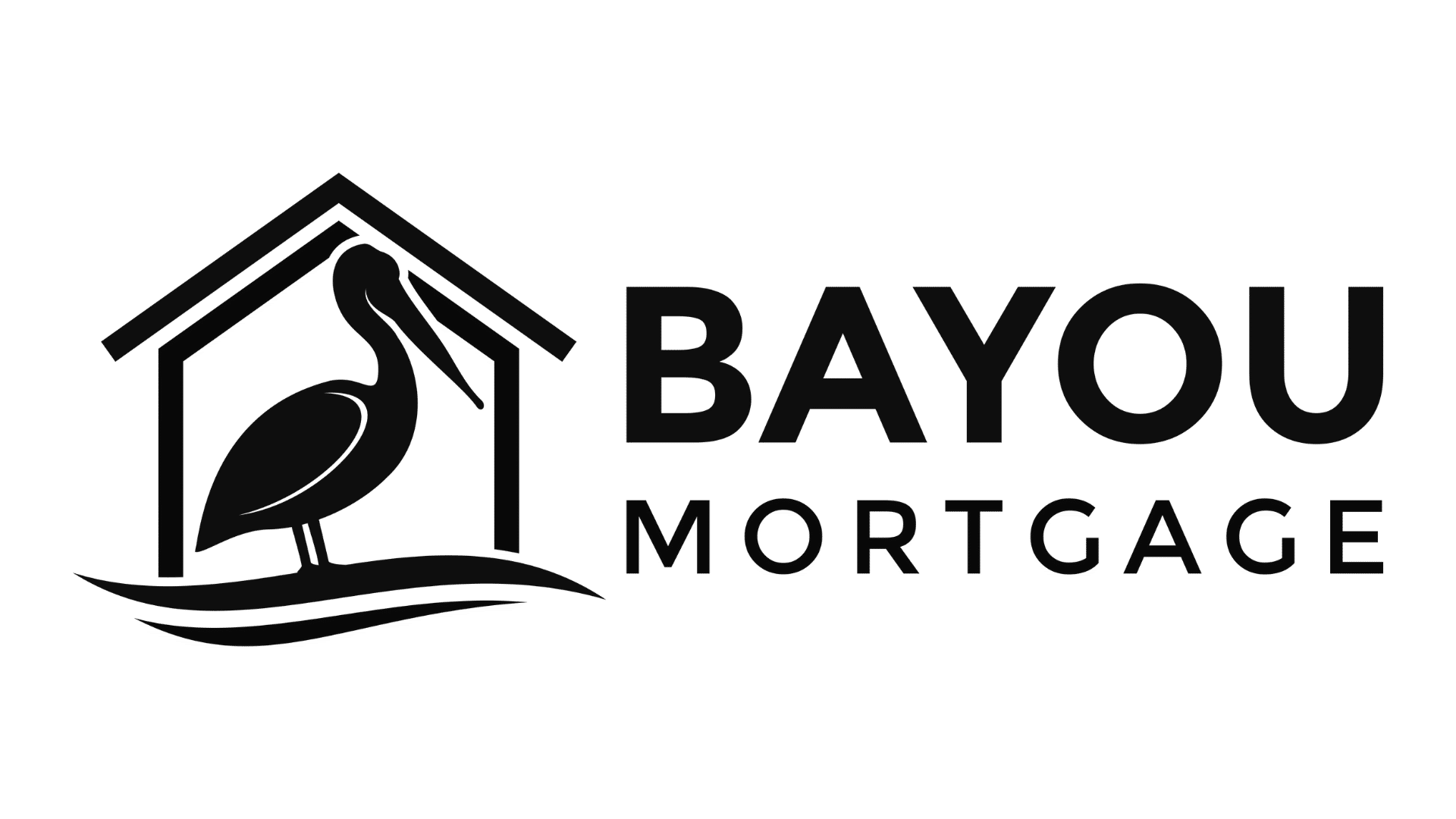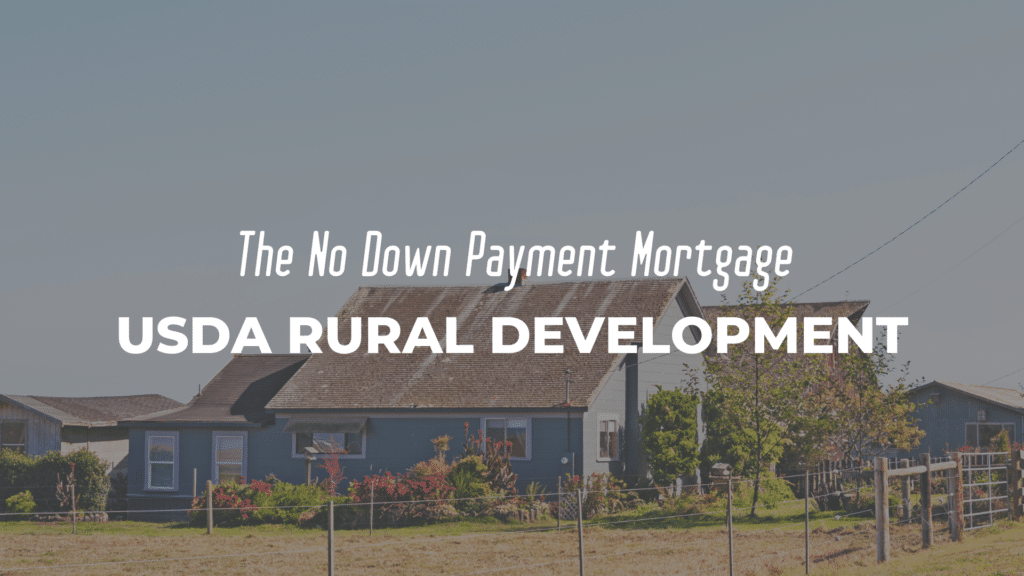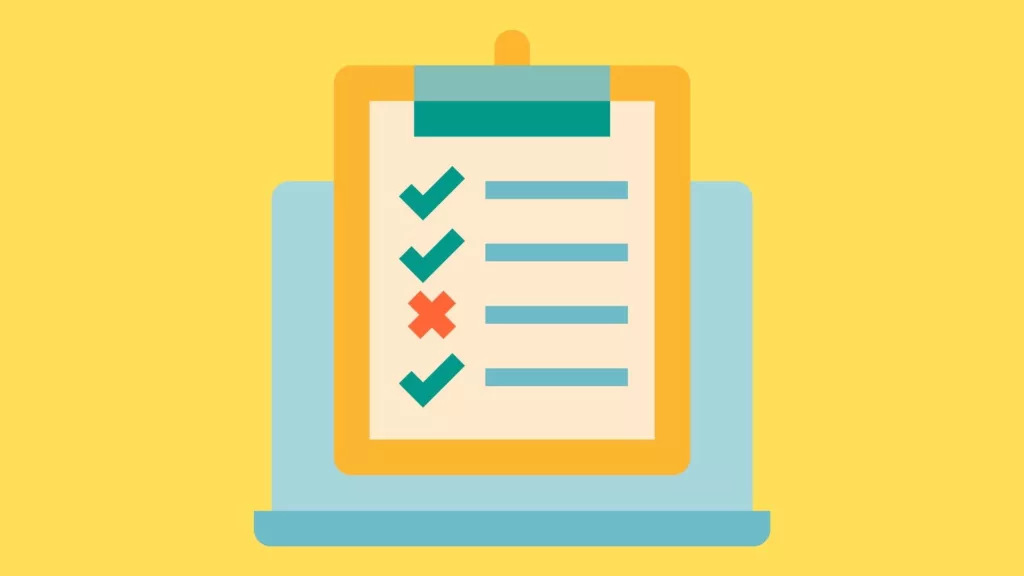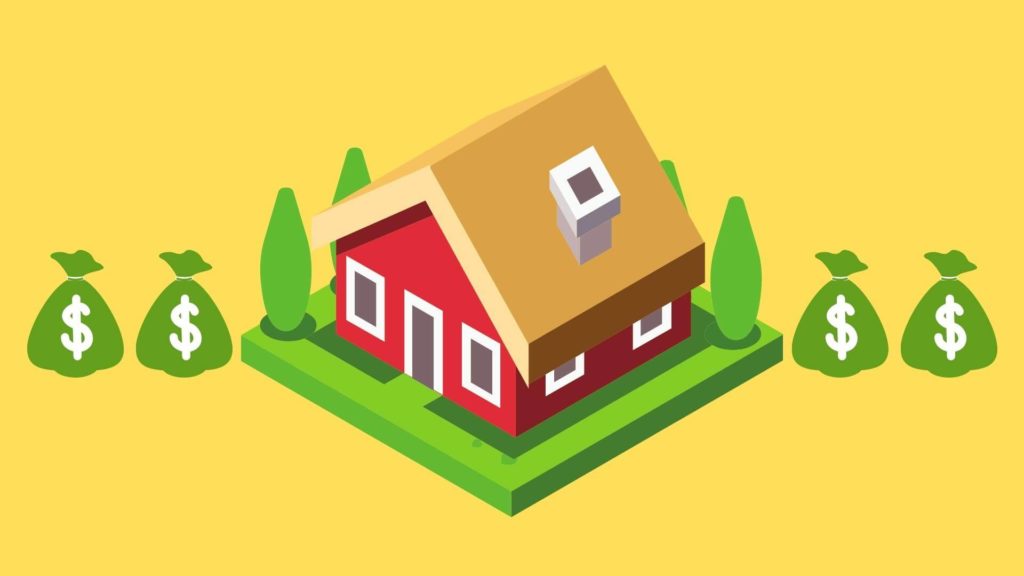Buying a home when you don’t have money for a down payment may seem impossible. Fortunately, low to moderate-income families in the Lake Charles, LA area have more options than they realize. The USDA Rural Development loan offers flexible guidelines and 100% financing. As long as you have ‘decent’ credit and can support the mortgage payment, you could be well on your way to owning a home in the rural areas of Louisiana.
In the guide below, we discuss all that you need to know about USDA loans.
USDA Loan Basics
The USDA doesn’t underwrite or fund USDA loans. Rather, they set the guidelines for the loans they’ll guarantee. As long as approved lenders follow the rules, the USDA guarantees or backs-up the loan. In other words, if you default on your mortgage, the USDA will pay the lender back a part of the loss.
The USDA’s guarantee is how Louisiana lenders can provide a no down payment loan with flexible guidelines. As you’ll see below, you don’t need great credit or any other crazy qualifying factors to secure USDA financing. The program makes it easy for first-time homebuyers and those that don’t qualify for any other financing options to buy a home.
USDA Rural Development Loan Eligibility
Before you apply for a USDA loan, you should know if you are eligible. The USDA program is for families that make less than 115% of the average income for the home’s area. The home must also be in an acceptable area according to USDA guidelines.
In particular, families with 1-4 family members can have a household income of up to $86,700. Families with 5-8 family members can have a household income of up to $115,150.
You can use the USDA interactive tools here to see if you fit within the eligibility guidelines.
In addition, you must be able to prove that you don’t qualify for any other financing, such as FHA or conventional loans.
USDA Loan Qualifying Requirements
The USDA sets specific requirements and each USDA lender must follow these requirements at a minimum. But, lenders can add their own rules too. Lenders may do this to lower the risk of foreclosure.
The USDA Rural Development Loan guidelines are as follows:
- Minimum 640 credit score for streamlined underwriting – USDA lenders can offer more relaxed requirements if you have at least a 640 credit score. Don’t have a 640 score? Don’t worry – a USDA lender can still accept your loan, you just have to go through the manual underwriting process. In other words, you’ll have a slightly stricter, more invasive process than those with a 640 or higher score.
- Acceptable credit history – Lenders like to see no late payments or collections within the last 12 months.
- Maximum front-end (housing) debt-to-income ratio of 29% – Your total housing payment, which includes principal, interest, real estate taxes, homeowner’s insurance, and mortgage insurance can’t take up more than 29% of your gross monthly income. This is your income before taxes.
- Maximum back-end (total) debt-to-income ratio of 41% – Your total monthly debts can’t take up more than 41% of your gross monthly income. This includes your credit card payments, student loans, car payments, alimony, child support, and the new mortgage payment. If you have a credit score over 680, though, some lenders may allow a debt ratio up to 43%.
- Stable income for the last 24 months – USDA lenders look back at your income over the last two years. They want to see consistency and reliability. Changing jobs within that time may be acceptable as long as your income remains stable during that time.
You must also prove that you don’t have CAIVRS files. The Credit Alert Verification Reporting System keeps track of any defaulted federal debt. If you went into default or lost a home in foreclosure with a government loan, it will show in the CAIVRS system. You must prove that you made good on the debt before you can get USDA financing.
USDA Rural Development Loan Property Eligibility
As we discussed above, the home must be in a rural area of Louisiana. The USDA’s definition of rural is likely looser than what you might imagine. The home must be outside of the city limits and have a small population. The exact number of people that can live there varies by location. There must also be a need for mortgage credit for low to moderate-income families in the area.
The home you buy must be an average size and value for the area. It must also be your primary residence. It can’t be a second home, vacation home, or investment home. You can buy almost any type of property though including:
- Single family homes
- Townhomes
- Condos
- New construction homes
- Manufactured homes
USDA Home Requirements
The USDA requires the home to be safe, sound and sanitary. It needs:
- Year-round access from the street
- The roof and foundation must be in good condition
- All HVAC and electrical systems must be in good working order
- There must be working water available throughout the home
- All plumbing must be working
The USDA appraiser’s job is to make sure the home is safe and livable. If it doesn’t meet the USDA requirements, the seller must fix the issues before the loan can close.
Getting a USDA Rural Development Loan After Bankruptcy or Foreclosure
Getting a mortgage after a bankruptcy or foreclosure may not be as hard as you think. The USDA has lenient guidelines, allowing you to jump back into homeownership after a short period.
- Chapter 7 Bankruptcy – You can apply for a USDA loan three years after your Chapter 7 BK discharges. This is the date the court dismisses your debts and you start over.
- Chapter 13 Bankruptcy – You may apply for a USDA loan just one year after filing for Chapter 13 bankruptcy. You’ll probably need the approval of your trustee in order to take on the new debt, though.
- Foreclosure – Like the Chapter 7 bankruptcy, you must wait 3 years from the foreclosure’s recorded date.
USDA Seller Concession Guidelines
The USDA offers lenient guidelines for closing cost assistance and seller concessions. The USDA allows sellers to cover all of your closing costs as long as they don’t exceed 6% of the sales price of the home. On a $150,000 home, the seller could contribute up to $9,000.
USDA Mortgage Insurance
The USDA loan program is self-funded (partially). The USDA keeps it going through the use of mortgage insurance funds received from borrowers. As of today, the USDA insurance rates are:
- 1% of the loan amount paid upfront
- 0.35% of the annual principal balance paid in monthly installments
For example, if you borrowed $100,000, your upfront MIP would be $1,000. You would also pay $29 a month for annual MIP ($350/12),
The Maximum Loan Amounts
Technically, the USDA doesn’t have a maximum loan amount like the FHA sets. Instead, they determine who is eligible based on your income compared to the income for the area. The USDA also sets strict debt-to-income ratio guidelines, which indirectly affect your loan amount.
Because your mortgage payment can only be 29% of your gross monthly income, lenders can determine your maximum loan amount that way. For example, if you make $50,000 per year, your maximum mortgage payment can be $1,208. This includes the principal, interest, taxes, homeowner’s insurance and mortgage insurance.
USDA Refinance Options
USDA refinance options are limited to rate/term refinances. If you want to take cash out of your home’s equity, you’ll need to use another program, such as the FHA or conventional loan program.
If you want to lower your payment or interest rate, though, the USDA offers three options – the streamline-assist refinance, streamline refinance and non-streamline refinance.
The streamline-assist refinance doesn’t require a credit check, appraisal, or proof of your income. You may owe more than the home’s worth and still refinance. You must, however, save at least $50 on your monthly payment to qualify.
If you won’t save at least $50 on your payment, you may qualify for the streamline refinance. You must prove your income and qualifying debt ratio for this program. But you don’t need an appraisal. You must, however, pay your own closing costs at the closing.
The final option is the non-streamline refinance. Like any other refinance, you must get an appraisal, go through a credit check, and prove that you can afford the loan. You may borrow up to 100% of the home’s value. If there’s room in the loan, though, you can wrap your closing costs into the loan.
Bottom Line
USDA Rural Development loans are great for first-time homebuyers or borrowers that haven’t owned a home for a while. If you don’t mind living in rural areas, you can get a loan with loan down payment and flexible underwriting guidelines. As a mortgage broker in Lake Charles, Louisiana, we can help you find the perfect government-backed loan, including a USDA loan. We’ll help you find the loan that fits your budget and helps you own the home of your dreams at the most affordable cost.


















